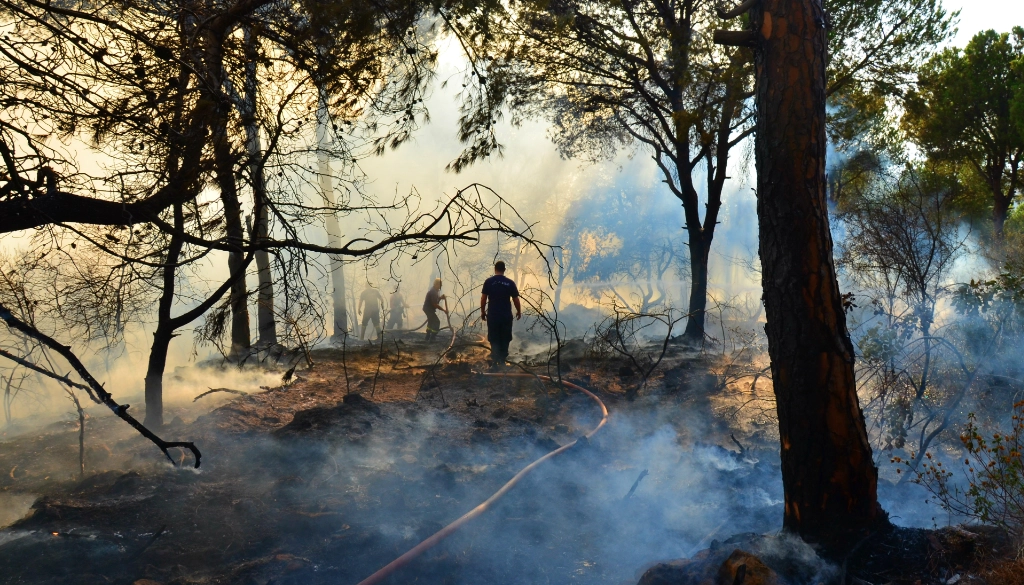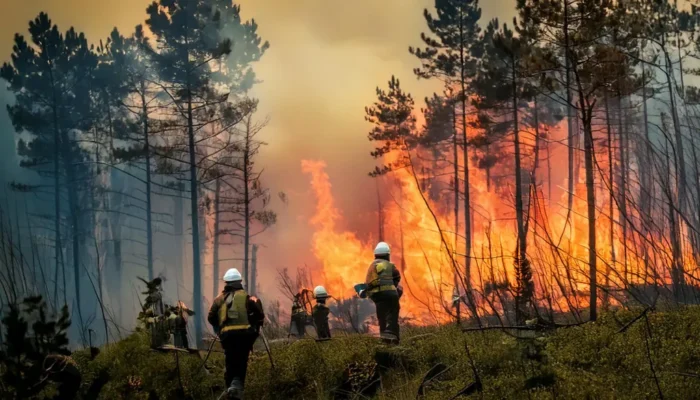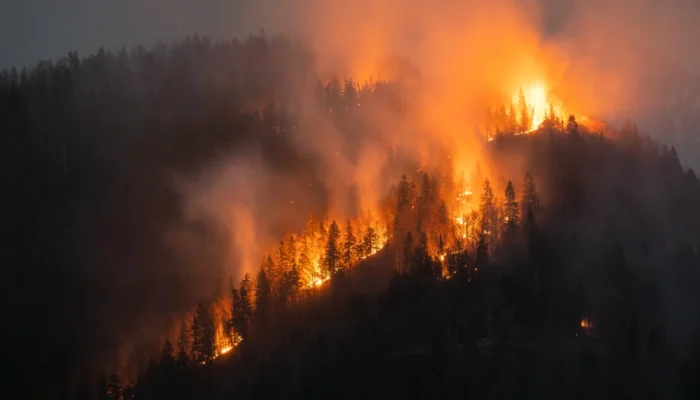Wildfires are some of the most powerful natural events on Earth, and they have shaped landscapes, destroyed homes, and influenced human history for thousands of years. While many people see a wildfire only as a disaster or a tragedy, scientists and firefighters know that these massive blazes actually follow a predictable pattern that can be broken down into stages. This pattern is often called the Wildfire’s Life Cycle, and by studying it closely we can understand how a small spark can grow into a massive inferno and eventually fade away, leaving behind both devastation and the potential for new growth.
Understanding the Wildfire’s Life Cycle is not just an academic exercise, but a crucial step in preparing for future fire seasons, protecting communities, and recognizing the role that fire plays in nature. To see a wildfire as a living process, with a beginning, middle, and end, allows us to grasp both its destructive power and its surprising benefits. In this article, we will explore each stage of this cycle, from the first flicker of a spark to the renewal of a landscape after the flames have passed.
.
Table of Contents
ToggleStage One: The Spark
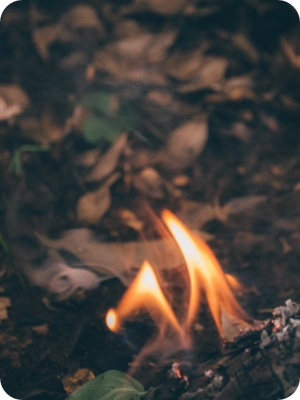
Every wildfire begins with an ignition, and this moment is both ordinary and extraordinary. The spark that starts a fire might come from something as natural as a lightning strike splitting a dry tree in half during a summer thunderstorm, or it might come from something as careless as a cigarette tossed into tall grass on the side of a highway. Humans have long been responsible for the majority of wildfires, whether through accidental causes like power line failures and unattended campfires, or through intentional causes like arson. At the same time, nature has always had its own way of starting fires, and in many ecosystems lightning remains the primary source of ignition.
But a spark alone is not enough to create a fire that lasts. The environment must be ready for the flames to take hold, and this usually means a combination of heat, dryness, and available fuel. When a region has gone through weeks or months without rain, when the grasses and shrubs have dried out completely, and when winds are strong enough to fan a flame, a single spark can quickly transform into a dangerous blaze. Fire scientists often describe this as the “fire triangle” of fuel, oxygen, and heat. Without one of these elements, a spark fizzles out, but when all three are present, a fire can ignite and begin its journey.
.
Stage Two: Early Growth
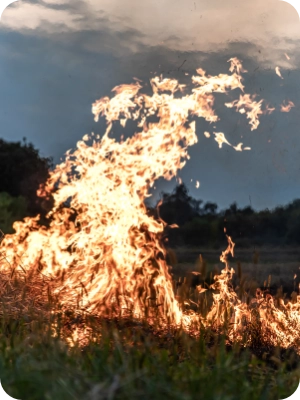
Once the spark has caught and a fire has begun, it enters a stage of rapid growth. This is the moment when firefighters often have the best chance of containing it, because while the fire is small it can still be stopped with quick action. In this stage, the flames feed on the easiest and most available fuels, which are usually grasses, small shrubs, dry leaves, and fallen branches. These fuels ignite quickly and burn fast, creating a wall of flame that can race across fields and hillsides at surprising speeds.
During this stage, the behavior of the fire is shaped by both the terrain and the weather. On a flat landscape with little wind, a fire may creep slowly forward, consuming everything in its path at a steady pace. But on steep slopes or in areas with strong winds, flames can move uphill at alarming rates, sometimes traveling faster than people or animals can escape. Fire also spreads through a process known as “spotting,” where embers are carried by the wind and land far ahead of the main fire line, starting new blazes that leapfrog across the landscape. This is why fires that seem small can suddenly expand into dangerous situations within hours.
Another important factor in early growth is whether the fire remains on the ground or climbs into the trees. Ground fires burn the litter of needles, leaves, and branches, and while they can be destructive, they are often slower moving. Crown fires, however, occur when flames reach the tops of trees and spread rapidly from treetop to treetop, creating towering walls of fire that are extremely difficult to control. The transition from a ground fire to a crown fire can happen quickly if conditions are right, and when it does, the fire becomes far more dangerous. For a deeper understanding of how forests serve as fuel in this critical stage, you can explore the article Forest Means Fuel: Understanding Wildfires.
.
Stage Three: Peak Blaze
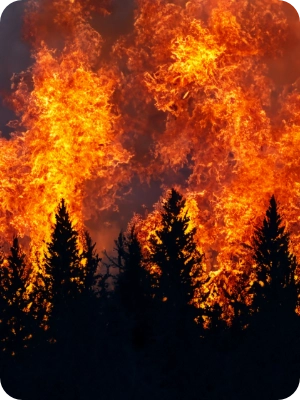
As the fire grows larger, it can reach a stage that firefighters call a “mega-blaze.” This is when the flames are at their most intense, and the wildfire has become a force of nature that can stretch for miles, produce its own weather systems, and consume nearly everything in its path. At this stage, firefighting efforts often shift from trying to stop the fire completely to simply trying to protect human lives and property while waiting for conditions to change.
Mega-blazes are characterized by extreme heat, high flames, and massive smoke plumes that can be seen for miles. The smoke can travel hundreds of miles, affecting air quality in distant cities and creating health problems for people who may not even be close to the fire. Animals flee or perish, and communities in the path of the blaze face evacuation orders, road closures, and power outages. The psychological toll of a wildfire at this stage is immense, as people must leave behind homes, possessions, and sometimes even their livelihoods. For people seeking guidance on survival during this terrifying phase, the article Wildfire Evacuation: What to Do When It’s Time to Go provides practical and potentially life-saving information.
One of the most frightening aspects of a peak blaze is its ability to create its own weather. The intense heat rising from the flames can generate towering clouds known as pyrocumulus, which sometimes lead to lightning storms that spark new fires nearby. In rare cases, fire tornadoes can form, with swirling columns of flame moving unpredictably across the landscape. These phenomena show just how powerful and uncontrollable a wildfire can become once it reaches this stage.
Recent history provides many examples of mega-blazes. The 2018 Camp Fire in California destroyed the town of Paradise and killed dozens of people, while the 2019–2020 bushfires in Australia burned millions of acres and devastated wildlife populations. These events remind us that once a wildfire reaches peak blaze, it becomes not only an environmental disaster but also a humanitarian crisis.
.
Stage Four: Decline and Containment
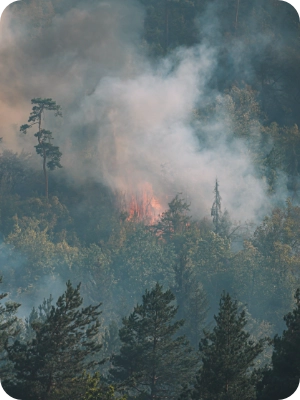
No wildfire can burn forever, and eventually even the largest blaze begins to decline. This stage may come about because of changes in the weather, such as cooler temperatures, higher humidity, or rainfall. It may also occur because the fire has run out of fuel, having consumed everything in its path until there is nothing left to burn. In many cases, decline is not natural but the result of intense firefighting efforts that have finally slowed the fire’s advance.
Containment is a key concept in this stage. Firefighters create containment lines, which are barriers that the fire cannot easily cross. These lines may be created by bulldozers clearing strips of land, by firefighters digging trenches, or by controlled backburns that consume fuel ahead of the wildfire so that when the main fire arrives, it has nothing left to burn. Aerial support in the form of helicopters and airplanes dropping water or fire retardant can also play a role, though these methods are often most effective when combined with ground operations.
Even as a fire declines, it can remain dangerous. Hot spots may smolder for days or weeks, and high winds can reignite them into new flames. This is why declaring a fire “fully contained” is a careful decision that usually comes only after extensive monitoring. Communities may remain on alert even after the flames appear to have died down, because hidden dangers often linger in the burned landscape.
.
Stage Five: Aftermath and Renewal
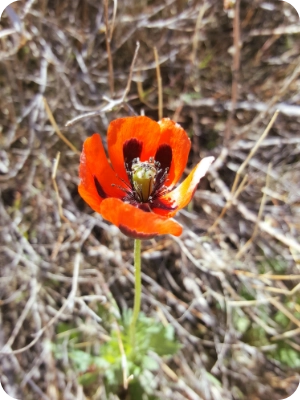
Once the flames are truly gone, the final stage of the wildfire’s life cycle begins. The aftermath can be devastating to look at, with blackened trees, ash-covered soil, and empty spaces where homes and communities once stood. The emotional impact on survivors can be as deep as the physical destruction, as they face the challenge of rebuilding their lives from nothing.
Yet nature has a remarkable ability to heal, and many ecosystems are adapted to recover from fire. In fact, some species depend on fire for survival. Certain pine trees, for example, have cones that only release seeds when exposed to the heat of a fire. Grasses and wildflowers often return quickly, using the nutrients in the ash to grow more vigorously than before. Over time, forests can regrow, and landscapes can even become healthier after fire has cleared out dead wood and invasive species. To learn more about what happens after the flames fade, the article What Happens After a Wildfire? explores the recovery process in greater depth.
For humans, the aftermath brings lessons as well as loss. Communities may rebuild with stronger building codes, better evacuation plans, and greater awareness of fire risks. Scientists and policymakers may use the data from a fire to develop new strategies for prevention, such as controlled burns that reduce the amount of fuel available for future wildfires. In this way, the destructive force of fire also becomes a teacher, showing us the need for respect, preparation, and resilience.
.
Wildfire’s Life Cycle – Conclusion
When we look closely at the stages of a wildfire, we see that it is not a single chaotic event but rather a process with its own beginning, peak, and end. From the first spark to the final regrowth of the landscape, the Wildfire’s Life Cycle reminds us that fire is both a destroyer and a regenerator. It threatens human lives and property, but it also plays a vital role in shaping ecosystems and renewing the natural world.
By studying and understanding the Wildfire’s Life Cycle, we gain not only the knowledge to better protect ourselves and our communities but also a deeper appreciation for the way that fire fits into the larger rhythms of nature. In a time when climate change is making wildfires more frequent and more intense, this understanding has never been more important. If we can learn from fire rather than fear it blindly, we may find ways to live more safely and more wisely within its cycle.
